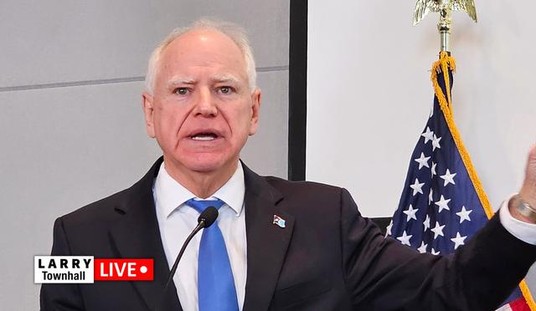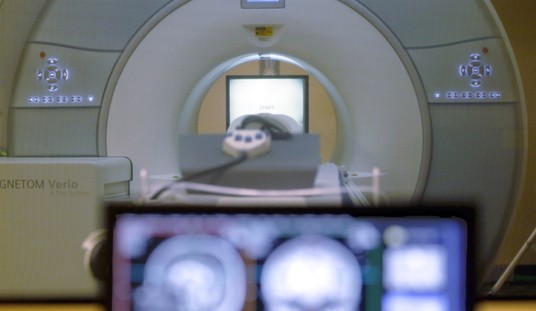When Star Wars first hit the public in 1977, it was such a hit that it redefined the sci-fi genre and changed Western culture forever. Everything about it was innovative from its concepts to its cinematography, to its musical score. The impact would only deepen with its following sequels, creating a near-religious fandom.
For generations, terms like “Jedi” and “lightsaber” have been part of our everyday lexicon. Darth Vader’s helmet is instantly recognizable and R2D2’s beeping is unmistakable.
Star Wars made a cultural explosion so loud that it echoed for decades.
However, like everything, Star Wars eventually died. Many people have different theories on when the time of death actually was, but a solid chunk of them would likely place it the moment Lucasfilm was sold to Disney.
It wasn’t long after Kathleen Kennedy was given control of one of the most successful cultural juggernauts in the history of mankind that she began abusing it, starving it of creativity, and effectively making a mockery of it.
The sequel trilogy was such a disaster that, while monetarily lucrative for the most part, left the franchise in such disarray that people stopped showing up for Star Wars movies in the theater. The film “Solo: A Star Wars Story” was considered the franchise’s first real flop. While the film itself was mediocre at best, it was a real testament to the failure of the sequel trilogy’s finale, “The Rise of Skywalker.”
The Star Wars shows being produced offered some hope. For a time, “The Mandalorian” saved Star Wars and gave fans a reason to believe again. However, after Disney’s treatment of fan-favorite Gina Carano and a second season that ended with a CGI Luke Skywalker that garnered split reactions, even that brand began to lose steam.
Kennedy’s Star Wars would attempt one more big move to reinvigorate the galaxy far, far away. They would bring back the actors from the prequel trilogy for the series revolving around Obi-Wan Kenobi and his life after the rise of the Empire. It generated more cautious optimism than hype, and even I made it clear that I’d return to see it, but this would be Disney’s last shot.
It was clear Disney had blown it even before the first episode aired.
Disney and Star Wars began calling fans racist over claims of a rabid backlash against black actress Moses Ingram that was never substantiated. They even had Obi-Wan actor Ewan McGregor denouncing these alleged comments.
(READ: Why Disney’s ‘Obi-Wan Kenobi’ Is Abject Garbage and Star Wars at Its Worst)
It didn’t help that the first episode was nothing short of an embarrassing, ill-written story featuring a dumbed-down and weakened Obi-Wan being led and bossed around by a much more intelligent and confident child version of Princess Leia. The show was as goofy as it was insulting to the fans, and it killed whatever goodwill was left over.
(READ: I Warned Disney What Would Happen if They Ruined the Kenobi Series, and I Was Right)
Now, the third season of “The Mandalorian” has gone off the rails with the protagonist now taking a back seat to his female counterpart. This overt-feminization is a constant problem among all Disney-owned brands, making stories shallow and predictable.
Star Wars is now a shadow of the colossus that it was. The franchise has collapsed under bad writing and worse leadership. Characters that once seized the imagination and inspired fans for generations have been relegated to embarrassing versions of themselves.
Star Wars is no longer Star Wars. The people making it clearly have no grasp of its principles and don’t care to make the effort to understand it.
It needs to be laid to rest for good. This won’t happen due to Disney milking it for every cent it can, but in a perfect world, its corpse would be left well alone.















